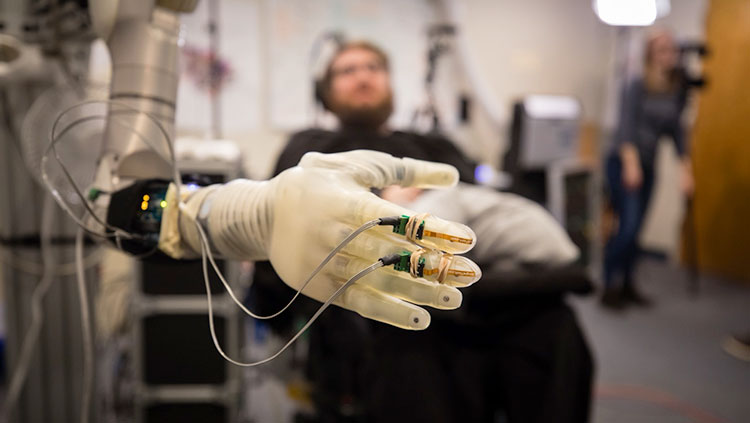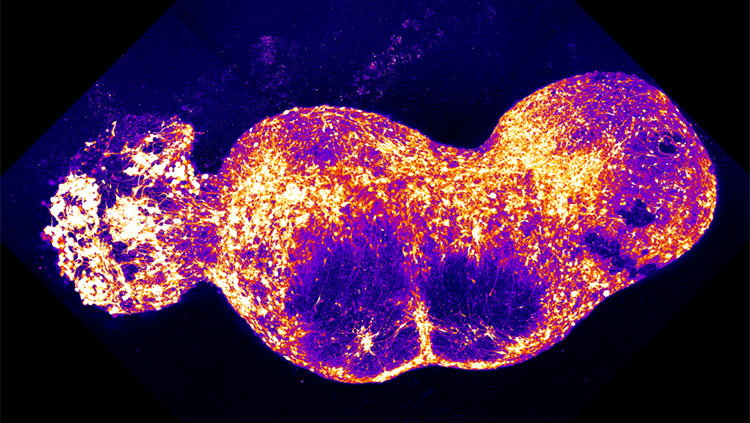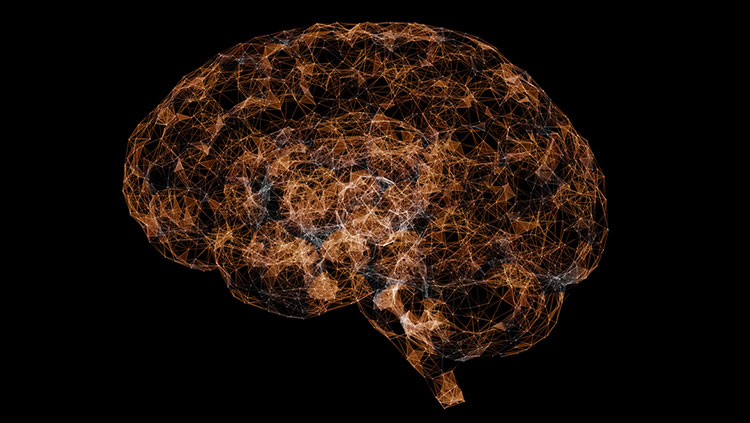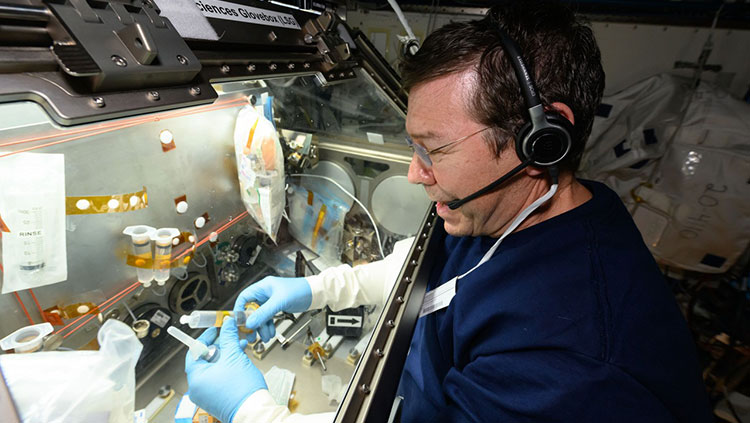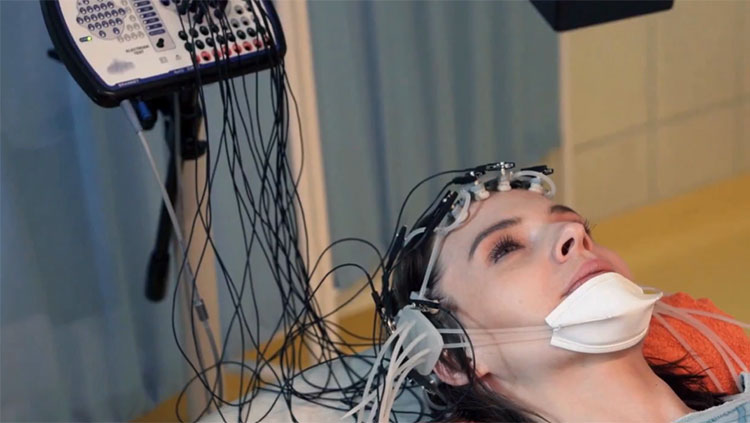Optical Imaging and Other Techniques
- Published1 Apr 2012
- Reviewed1 Apr 2012
- Source BrainFacts/SfN
Optical imaging relies on shining weak lasers through the skull to visualize brain activity. These techniques are inexpensive and relatively portable. They are also silent and safe: Because only extremely weak lasers are used, these methods can be used to study everyone, even infants.
In a technique called near infrared spectroscopy (NIRS), technicians shine lasers through the skull at near infrared frequencies, which renders the skull transparent. Blood with oxygen in it absorbs different frequencies of light from blood in which the oxygen has been consumed.
By observing how much light is reflected back from the brain at each frequency, researchers can track blood flow. Diffuse optical tomography is then used to create maps of brain activity.
A similar technique, the event-related optical signal, records how light scatters in response to rapid cellular changes that arise when neurons fire, potentially assessing neural activity lasting milliseconds. Another technique, called transcranial magnetic stimulation (TMS), works by inducing electrical impulses in the brain. This is accomplished by altering magnetic fields through the use of an electromagnetic coil that emits powerful magnetic pulses while held against the scalp.
Repetitive TMS is being used to investigate the role of specific brain regions during behavior, and it can be combined with other neuroimaging techniques. For example, when TMS is used with fMRI, a functional correlation between a region and a behavior can be established.
CONTENT PROVIDED BY
BrainFacts/SfN
Also In Tools & Techniques
Trending
Popular articles on BrainFacts.org


